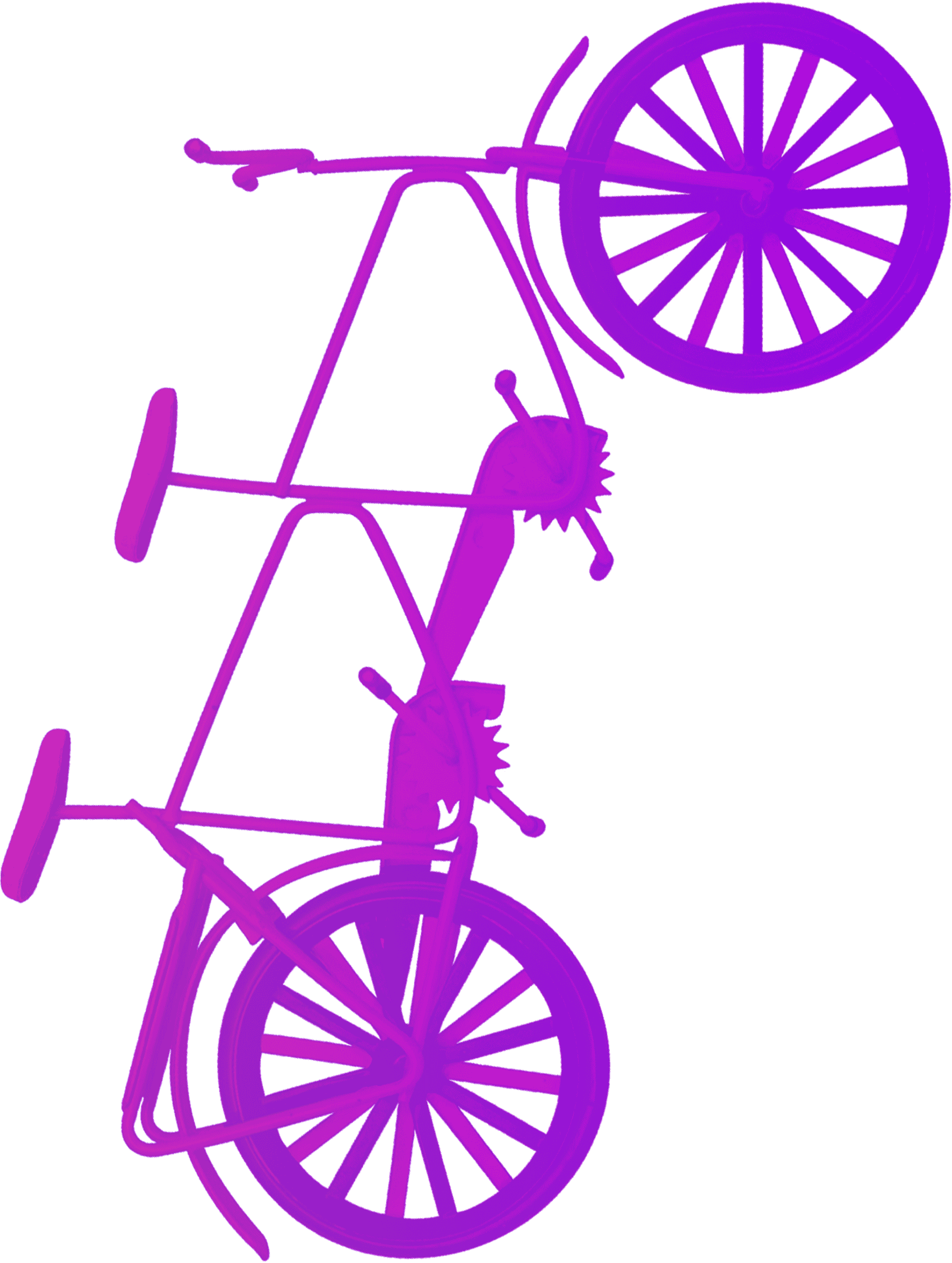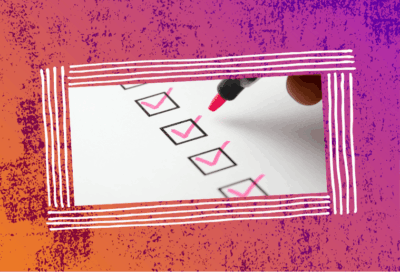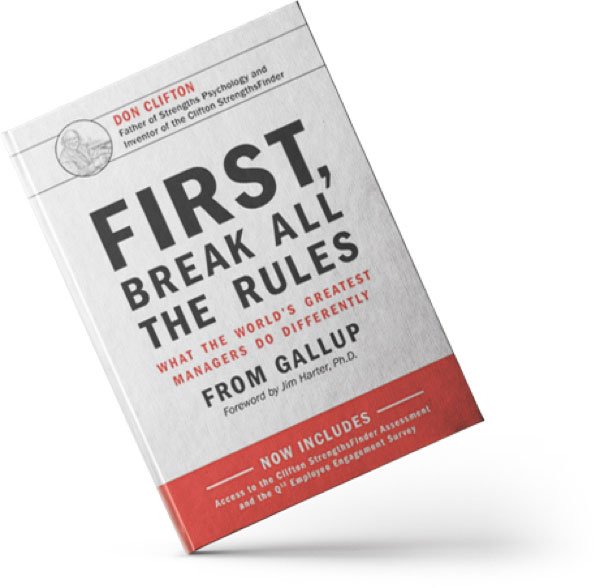“Pay VAT as late as possible, recover VAT as early as possible.”
This is great mantra for right now. In these exceptional circumstances, how you manage your VAT position can often help to improve cash flow. From a few straightforward tweaks, to considering possible claims or seeking HMRC approvals. here are some practical tips for ‘in the moment’ action.
You may be able to implement some of the following on your own, and some may involve a little further thought and our support. Do see if any are relevant and get in touch if you want to talk them through, or if you need any assistance before you hit any buttons.
1. IT’S ALL IN THE TIMING
By completing the following actions this can help cash flow by delaying the timing of payment of output tax to HMRC and/or accelerating the recovery of input tax.
- Issue requests for payment or proformas instead of VAT invoices
- Sales invoices – issue at the start of VAT quarter so VAT doesn’t need to be paid over until hopefully you have been paid.
- Purchase invoices – ask for committed costs to be billed at the end of VAT quarter so you can reclaim the VAT before you must settle this cost with your supplier.
- Reduce payment days for customers
- Increase payment days for suppliers
2. GET YOUR VAT HOUSE IN ORDER…
Take a fresh look at your VAT profile and make sure you are maximising all efficiencies and reliefs available.
- Removal from the Payment on Account regime and agreement of arrangements – ensure you are primed to reduce your VAT burden through negotiation with HMRC.
- Purchase ledger accounts accrual – reclaim VAT on purchase invoices dated within the VAT period but not yet processed.
- Input tax estimation – Business often recover input tax later than they otherwise could due to time taken for business approval and processes.
- Does the VAT incurred on your purchases exceed the VAT due on your sales? If so, get yourself on monthly VAT returns – and submit then ASAP.
- Does your business have seasonal variations? If so, let’s look at when your VAT return periods end (especially relevant for retailers)
- Do you offer prompt payment discounts? If so, let’s ensure you have adjusted the output tax paid when the discount has been taken up by your customer.
- Do you offer vouchers? Multi-purpose vouchers can create a much-improved VAT cash flow advantage.
- Do your customer’s pay on time? If a debt is greater than 6 months old do you reclaim output tax paid through bad debt relief?
- Have you reviewed your domestic and international supply chain to remove any unnecessary VAT burden?
- Have you considered your VAT grouping position and whether it optimises your VAT cash flow position?
3. EASY CLAIM OPPORTUNITIES
Taking a deep dive into your supplies and purchases may open up opportunities to submit claims for over declared output tax and/ or under recovered input tax. These claims could go back 4 years in some cases.
- Liability of supplies – have you accounted for VAT where not needed?
- Historic staff expense claims – has VAT been claimed on all of them?
- AP invoices entered gross into system – again, has VAT been claimed?
- Refund of EU/non-EU VAT – have you incurred expenses in other countries that you’ve let go?
- Customs Duty Tariff classifications – are you paying too much duty on your imports?























